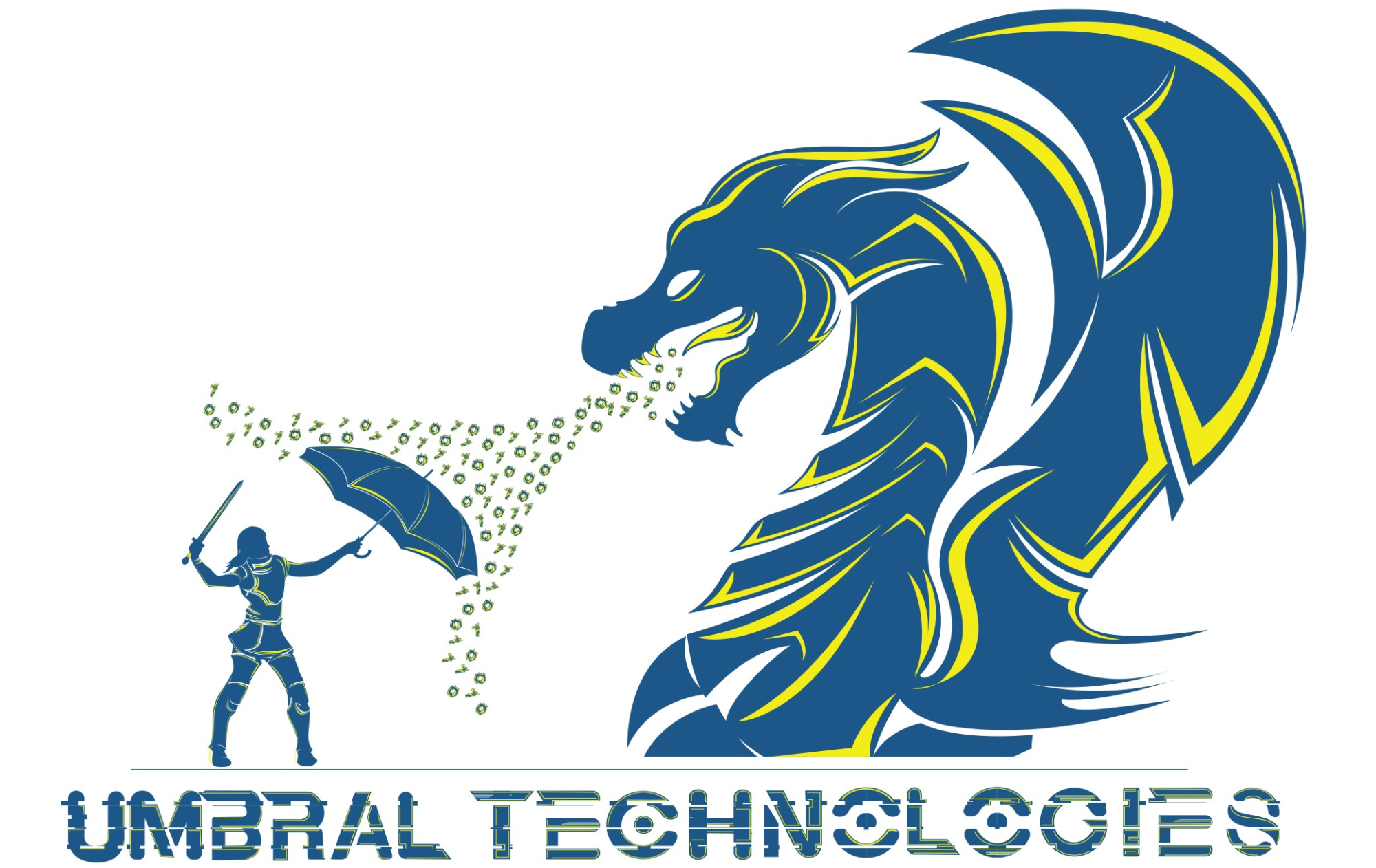The information contained in this article is not intended as legal advice and may no longer be accurate due to changes in the law. Consult NHMA's legal services or your municipal attorney.
In today's digital age, government organizations are facing unprecedented security threats. The sensitive information they handle, such as personal data of citizens, ongoing investigations, financial records, and other personal data is highly valuable to hackers and cybercriminals. Therefore, it is crucial for government organizations to implement robust security measures to protect their systems and applications from unauthorized access and data breaches.
One of the most effective security measures that government organizations can adopt is multifactor authentication (MFA). MFA is a security process that requires users to provide two or more forms of identification before accessing a system or application. This type of authentication has become increasingly important in recent years due to the rising number of cyberattacks and data breaches.
There are several reasons why MFA should be utilized in government organizations. First, MFA provides an additional layer of protection against unauthorized access. Passwords can be easily compromised through phishing attacks, brute force attacks, or social engineering. MFA adds an extra step that makes it much more difficult for hackers to gain access to sensitive information. Even if a hacker manages to obtain a user's password, they still need access to the second factor of authentication, such as a fingerprint scan or a one-time code sent to the user's phone, to gain entry.
Second, MFA can help prevent insider threats. Employees may unintentionally or intentionally share their login credentials with others, which can lead to data breaches or other security incidents. With MFA, even if someone has a user's password, they still need access to the second factor of authentication to gain entry. This reduces the risk of insider threats and ensures that only authorized personnel can access sensitive information.
Third, MFA can help government organizations meet compliance requirements. Many government organizations are required to adhere to strict regulations and guidelines, such as HIPAA, CJIS, or NIST. MFA can help ensure that these requirements are met by providing an additional layer of security and authentication.
And finally, implementing MFA can also improve user experience. With the rise of remote work, employees are accessing systems and applications from various locations and devices. MFA provides an extra layer of security without requiring users to remember multiple passwords or take additional steps to access information. This can improve productivity and reduce the risk of security incidents caused by weak or compromised passwords.
Multifactor authentication is a critical security measure that should be utilized in government organizations. It provides an additional layer of protection against unauthorized access, helps prevent insider threats, meets compliance requirements, and improves user experience. As government organizations continue to face increasing security threats, implementing MFA should be a top priority to ensure the safety and security of sensitive information.
Nick Roy is an IT Consultant with Umbral IT. He can be reached by phone at 603.377.7485 or via email at nroy@umbralit.com
